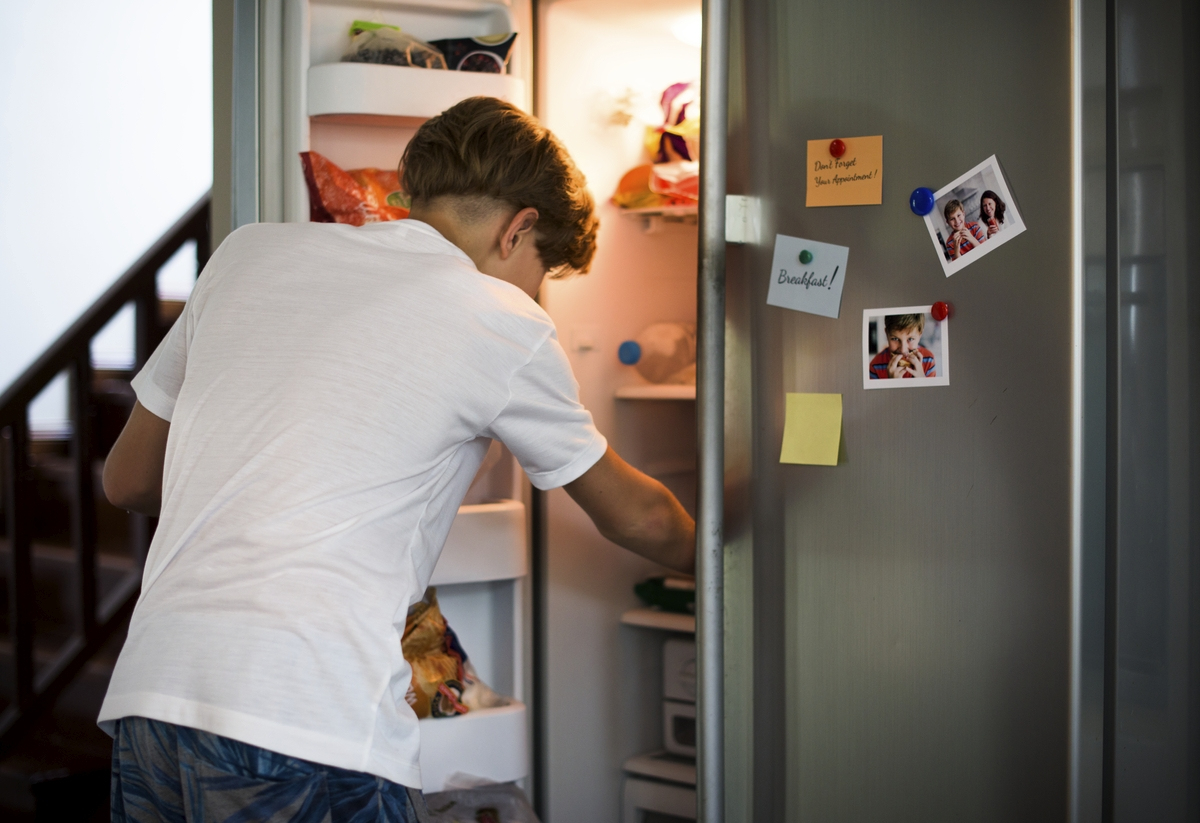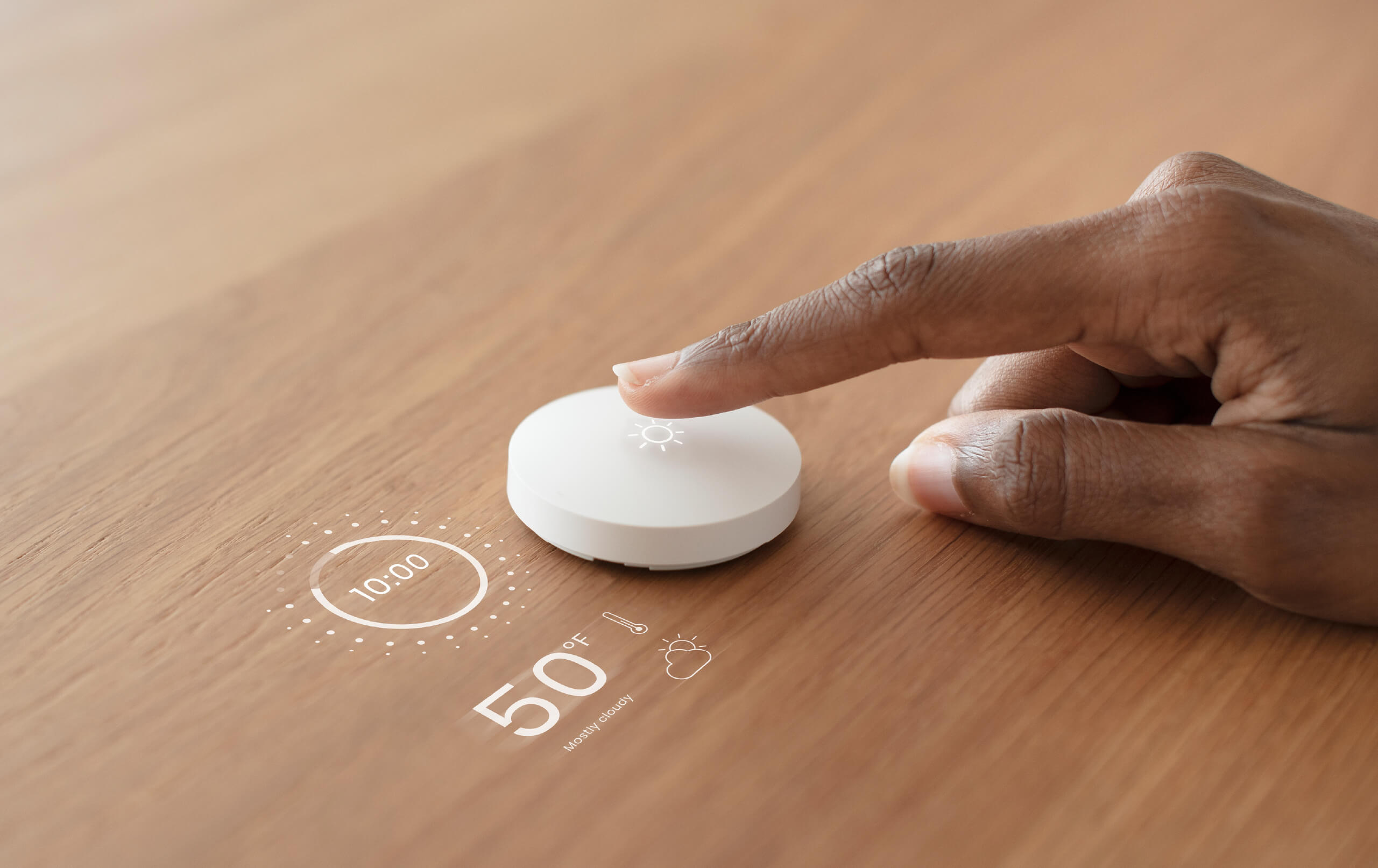How to Clean a Coffee Maker?
7 minute read

Coffee is not just a drink, but a feeling altogether! For many of us, morning routines are incomplete without a cup of coffee. Whether we want to kickstart our day, brainstorm, or need a boost of energy, a cup of java is there to keep us going throughout the day.
On average, Americans consume 400 million cups of coffee per day, making it the 3rd most popular drink in the world. It is more than a beverage, a part of daily lifestyle for millions. This undying love for coffee has made 70 percent of Americans learn the art of brewing a great cup of coffee and becoming at-home baristas.
However, coffee machines are often the germiest appliances at home. Coffee contains aromatic oils that could oxidize and turn rancid if left unattended for too long. An unclean coffee machine could get clogged with limescale or mineral deposits and not brew optimally due to grime buildup. Yeast or mold fester in the warm and moist water reservoirs, which could make your morning coffee taste increasingly bitter and oily.
However, the good news is that it takes just a few minutes to clean your coffee maker. Clearing the coffee grounds after every use and a quick weekly/ monthly cleaning using simple ingredients can ensure that your coffee machine stays clean and safe for daily use.
Signs that your coffee machine needs cleaning:
- Slower than usual brewing time.
- Bitter tasting coffee.
- Moldy or mildew smelling coffee.
- Coffee granules at the base of your mug.
- Visible limescale/mineral deposits.
Benefits of cleaning coffee machines regularly:
- Cleans out leftover coffee from the brewing system.
- Reduces the risk of clogs and stains.
- Removes hard water deposits.
- Prolongs the life of the brewer.
- Great tasting coffee in every use!
PRO-TIP
Always check the cleaning recommendations for your machine in the manufacturer’s manual.
How to clean a coffee maker?
There are different processes of making coffee, and each method offers a distinct taste. You could brew an espresso, AeroPress, French press, drip etc. Similarly, every coffee maker needs to be cleaned differently, based on its mechanics and use.
Here is a detailed procedure to clean every kind of coffee machine:
1. How to clean drip coffee maker?
Drip coffee makers are a top choice for homes owing to their ease of use, durability, and affordability. Because it has a few removable parts, it is easy to clean as well. Black & Decker, Ninja, Mr. Coffee, Keurig, and Bunn are the most known brands for drip coffee makers. Their upkeep is similar too, with a few specific steps based on the brand. We have listed below a basic step-by-step routine to maintain your coffee maker to get you started.
Here is how to clean a drip coffee maker:
Steps to clean coffee maker after every use
Step 1: After each use, remove the brew basket, and filter. Discard the grounds (you can use them to fertilize your kitchen garden if you wish).
Step 2: Submerge the removable parts in a warm, soapy solution for 10-15 minutes to get rid of any oils and grinds. You could hand wash them in the sink or run them in the dishwasher (most pieces are dishwasher safe).
Step 3: With a soft washcloth, give everything a wipe down. Also, clean the hot plate to remove dried coffee residue.
Step 4: Let the parts and the machine air dry.
PRO-TIP
Rinse and air dry the brew basket daily after use to keep your coffee machine germ and mold free.
Steps to deep clean the drip coffee maker once a month
Step 1: Mix 2 parts of warm water with 1-part white vinegar and pour into the reservoir (depending on the size of your machine). Some machines have aluminum pipes and chambers. In such cases, you could replace vinegar with lemon juice (or the recommended cleaning solution), if you wish you clean your coffee maker without vinegar.
Step 2: Turn on the maker and run a brew cycle (if you use paper filters, put in a paper filter). Once it runs halfway, turn off the machine so the solution can rest in the reservoir and water channel. Let this solution sit for an hour.
Step 4: Now turn on the machine and complete the brewing cycle.
Step 5: Run the brewing process twice with plain water to remove leftover vinegar solution from the coffee machine.
Step 6: Wipe off the exterior of the coffee maker with a clean damp cloth.
PRO-TIP
To clean the carafe, swirl a little dry, uncooked rice in it with some warm soapy water, for a shiny clean sparkle!
2. How to clean an espresso machine?
Unlike drip coffee makers, manual and automatic espresso machines are complex setups as they use pressurized water to extract coffee. Cleaning them, therefore, could be a confusing process. They have multiple parts like portafilter, drip tray, etc.
Clean the portafilters, baskets and group heads
Step 1: Remove the portafilters and baskets and soak them in hot soapy water for 30 minutes to an hour. You could use espresso cleaning powder mixed with water instead.
Step 2: Use a small brush to clean any small granules left; rinse the filters with lukewarm water and leave to dry.
PRO-TIP
Knock the puck right after extracting coffee in a basket and rinse with water to avoid buildup.
Step 3: Clean the group heads with a soft nylon bristle brush and wipe clean, to get rid of the used coffee particles.
Step 5: Now place the portafilter with a blind basket and add one teaspoon of espresso machine cleanser to the basket.
Step 6: Turn on the water supply and let it run for 10 seconds. Switch off for 3 seconds, and then re-run the procedure 3-4 times. x
Clean the steam wand
When you are done with these steps, the last process is to clean the steam wand.
Step 8: Fill the machine with 500ml water and 30ml milk frother cleaner.
Step 9: Submerge the steam wand in the cleaning solution and engage the machine for 5 seconds. Repeat if necessary and wipe with a soft cloth to remove milk residue.
Step 10: Lastly, run the machine with plain water, to thoroughly rinse the cleaning solution.
PRO-TIP
Do not scrape the steam wand with metal as it might ruin the wand coating and make it prone to burning the milk.
3. How to clean Nespresso and Keurig espresso machine?
Cleaning single serve coffee makers (or pod coffee makers) like Keurig, Nespresso, De’Longhi, Ninja coffee bars, is similar to drip coffee machine cleaning, with a few extra steps. Here is a step-by-step process and a quick video on how to clean the coffee makers efficiently.
Step 1: Clean the outside of the machine with a soft damp cloth.
Step 2: Remove the reservoir and water filter if present, and rinse it with warm soapy water.
Step 3: Clean the drip tray. Clean the milk frother in the dishwasher.
Step 4: Run a cleaning cycle with a cleaning pod.
Alternately, you can fill the reservoir with a 1:2 solution of vinegar and water, and run the cycle halfway through. Pause and let it sit for 30 minutes; followed by 2 rinse cycles with plain water.
PRO-TIP
Every three months, run a cleaning cycle with a descaling solution.
Cleaning your coffee machine regularly may seem like a task you want to let slide; but clogged, dirty machines can ruin your morning cuppa and even put your health at risk. Spending a few minutes cleaning the coffee machine will let you enjoy the benefits instantly while extending its life.















